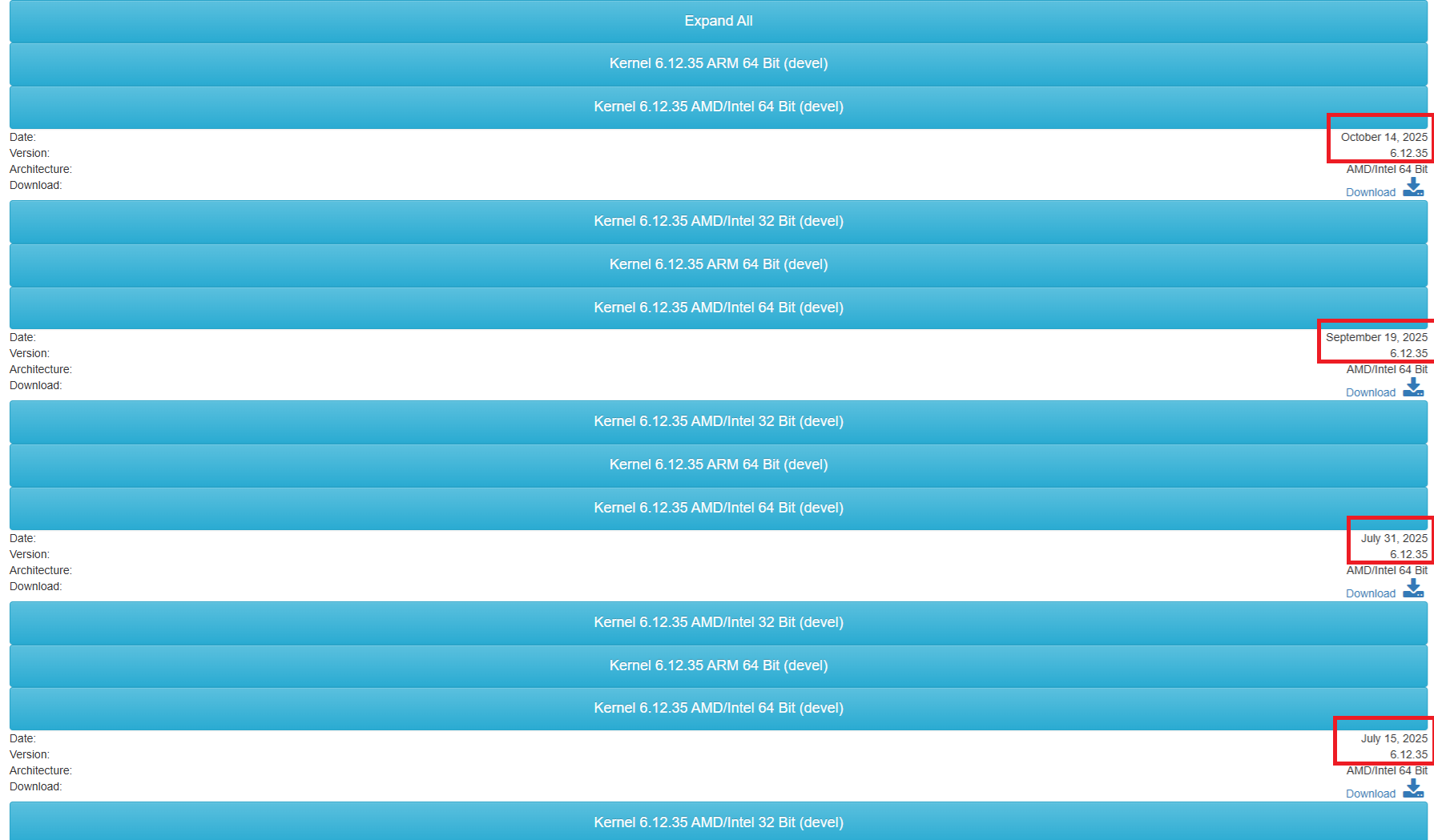@CoNickt @avh2025
Not all usb ethernet adapters are created equal. I would usually say to just bite the bullet and get the vendor specific adapter but it looks like you already did that. I have usb and usb-c adapters that work fine but different uefi firmwares behave differently. i.e. Microsoft surface just has to have its surface branded adapter for native boot to work. HP will work sometimes with the dell or lenovo pxe capable usb-c adapters. We also recently got 2 different hp laptop models where one had to use snponly.efi and the other was fine with ipxe.efi. I maintain a table of models and which adapters work with what we have. Lots of things do just work once you have a collection of usb adapters. Unfortunately, it’s an issue of hardware vendors adding proprietary limitations, but luckily between fog and ipxe you can typically get it working pretty smooth.
Generally if you’re able to pxe boot though, it should find the adapter within pxe. It could be a case of it being too “new” an adapter that requires a different driver not in ipxe. In that case though, I would try using snponly.efi as it may have different behavior with less things loaded in the pxe side. It may also be a driver or setting needed in ipxe that could be handled in a custom compile of ipxe, there’s some info on that here https://docs.fogproject.org/en/latest/compile_ipxe_binaries
It’s also possible to use a tool such as rEFInd to get to a uefi cli console. If you load the ipxe.efi and or snponly.efi and then if you can obtain them the efi driver for the adapter you can do a fs0: to enter the usb disk (it may be fs1: or fs2: you gotta ls on each disk to find the right one) then load usb-network-driver.efi then ipxe.efi to ensure the usb network driver is loaded in the efi for that session and then boot direct to the pxe file which will start the fog network boot. It’s a bit of a hassle but it usually works for me when all else fails. I have an old startech usb 2 ethernet adapter I do this with. This has worked universally but it’s not an ideal solution, but can be poc that it can be done on any device.
I hope my rant was helpful.
